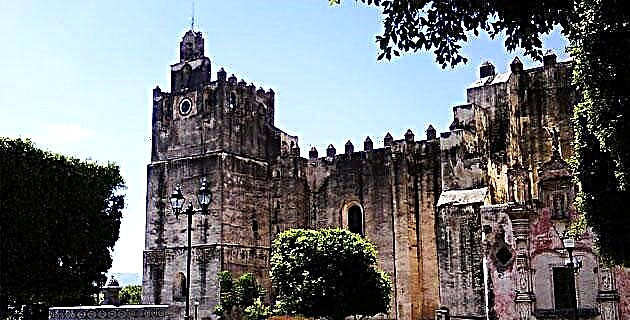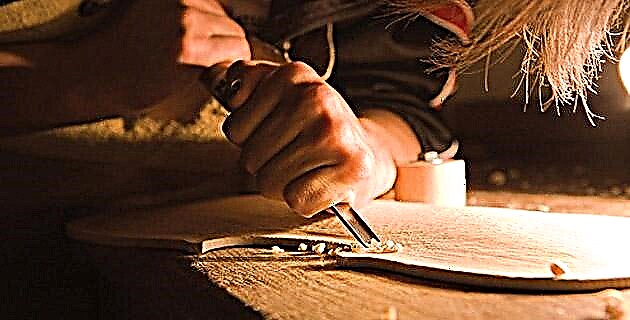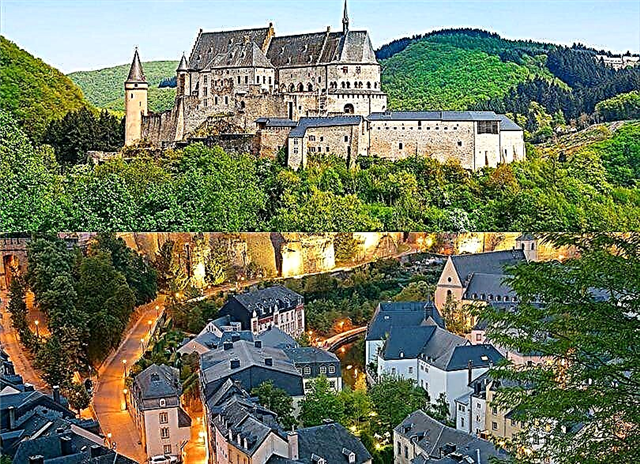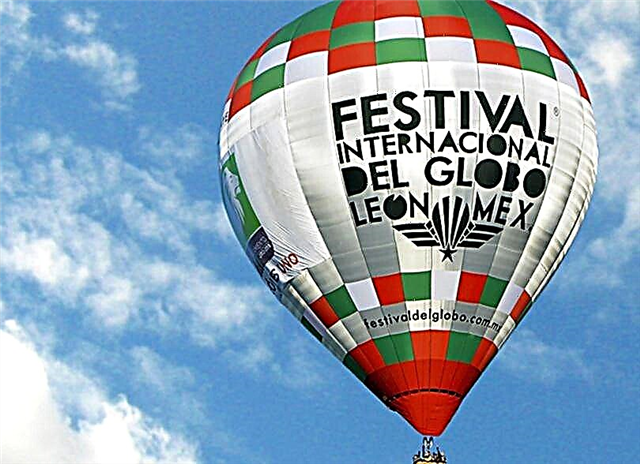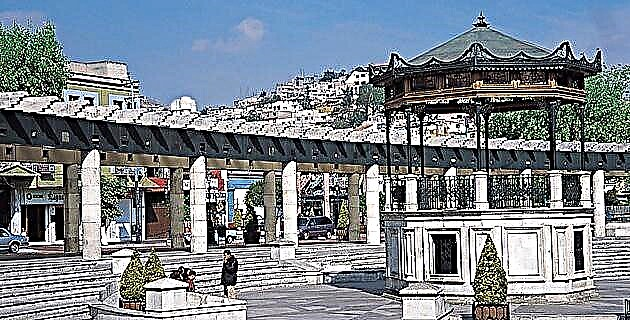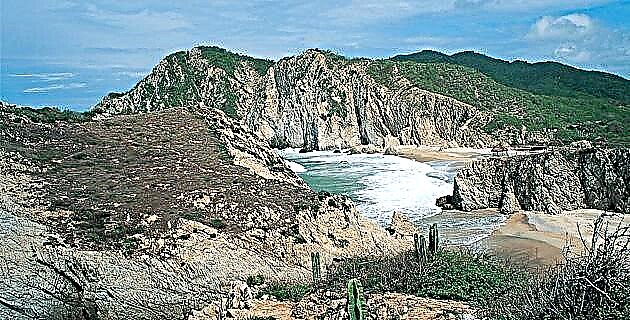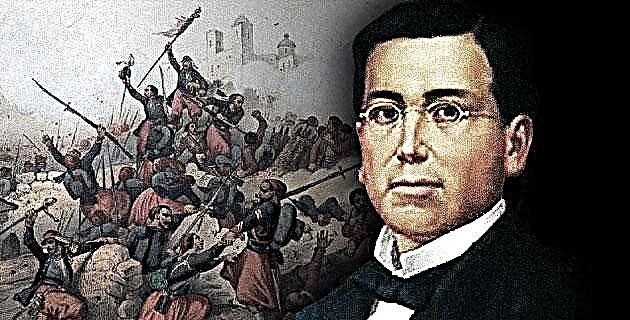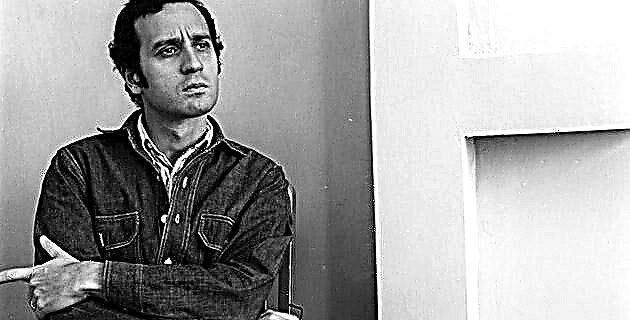
At the beginning of the 1950s Don Tomás Espresate and Don Eduardo Naval, owners of the Madero Bookstore, had created a small printing press in the Zona Rosa, where José Azorín and the brothers Jordí and Francisco Espresate worked. Later, another growth of machinery and human equipment led them to Avena Street in the Iztapalapa neighborhood, where the Madero Printing Company continued and ended its life cycle in 1998.
In the sixties, Vicente Rojo, artistic director of the printing press –with the support of young workers–, experimented with his artistic interests in vignettes, frames, plates and metal engravings. The first book made in color selection, made on metal plates, about Remedios Varo is due to this group, it was an advance for its time. Such a search produced the incipient language of true graphic design; graphic designer schools and careers had not yet appeared in our country.
As an example of the above we could note that high contrast was used in photographic film before this process was in the commercial field. The industrial application of color “sweeps” in poster printing was another technological contribution, achieving a rescue of the tradition of fighting and boxing advertisements, as well as the use of enlarged photographic screens and proposals as language expressive in the composition of images.
By the seventies, a group of young people began to get involved in the design work of the printing press, always guided by Vicente Rojo and with an idea of "workshop", where individual work was part of the collective. The exchange of experiences and at the same time solving problems together gave rise to a new style.
Designers such as Adolfo Falcón, Rafael López Castro, Bernardo Recamier, Germán Montalvo, Efraín Herrera, Peggy Espinoza, Azul Morris, María Figueroa, Alberto Aguilar, Pablo Rulfo, Rogelio Rangel, the author of this text and some others, we achieve with our work in the printing press a complete training as professional graphic designers. This collective work, in contact with production problems and under creative direction, led a large team of printers and designers to mark a stage of graphic creation in our country, printing a stamp, a style to publications and posters, creating - without having proposed it - the recognizable identity of the Madero Group.
By the nineties, with the Madero Group practically dissolved, the celebration of the Centennial of Cinema moved us to work as a team and try to rescue a form of collective work. We met with a group of designers, friends and acquaintances, which we named Salón Rojo, in honor of Vicente Rojo, to build a project in which participation was disinterested and in which each person sponsored their own project until the end, including, if necessary, the cost of printing. Accepting constructive criticism in a discussion between professionals and commenting on the creative processes and ideological proposals of our own works, taking into account the work itself and not the name of the designer, greatly enriched each and every one of the ideas, thereby that, in many cases, coincidences and consensus were achieved. The theme was the commemoration of the first centenary of one of the most important cultural events in modern history: cinema. The form, a poster designed by each participant that would be screen-printed because it was a very short run, with a maximum of four inks. The final size was also discussed and it was agreed to use the largest possible (70 x 100 cm). The invitation was extended to 23 professionals who were interested in participating under the above conditions.
All the guests attended the first information meeting with fiery spirits and great receptivity and interest in group work. In the second meeting, when reviewing the blueprints, we resented the first absences; The analysis of the materials was tense, tight and smooth; opinions were hardly expressed and suggestions were real intrusions; the dimension of criticism was lost and particular models were imposed, without intent or aggression.
At the third meeting the group was reduced to 18 members, who continued to collaborate together until the end of the project. In this phase, strong, clear, constructive and beneficial criticism began to flow, and the barriers of fear of open opinion and honest acceptance were broken down. We were able to discuss principles and correct the course, with which we achieved a very positive collective work, which raises a change in the structure of the designers' work: to produce on their own initiative and impulse, without any prior external commitment that would represent investment security. of time and labor. We consider that this first experience, pioneering in the history of our discipline in Mexico, has been very enriching for all participants, it has taught us to listen and express, to correct and discard ideas, to develop projects that in solitude it would have been difficult to channel and to mature.
Two more projects were to be developed and produced. The first a critique of Acteal when commemorating the first anniversary of the massacre, the second a commemoration of the 1968 movement, a rescue of graphic languages to be able to compare visions three decades away. These last works were no longer made up of the 18 initial participants, so the title of Salón Rojo was registered only in their first and only project.
Other salons will see the light from these experiences and more designers will have to run the adventure of working as a team, doing so is enriching.
Source: Mexico in Time No. 32 September / October 1999

